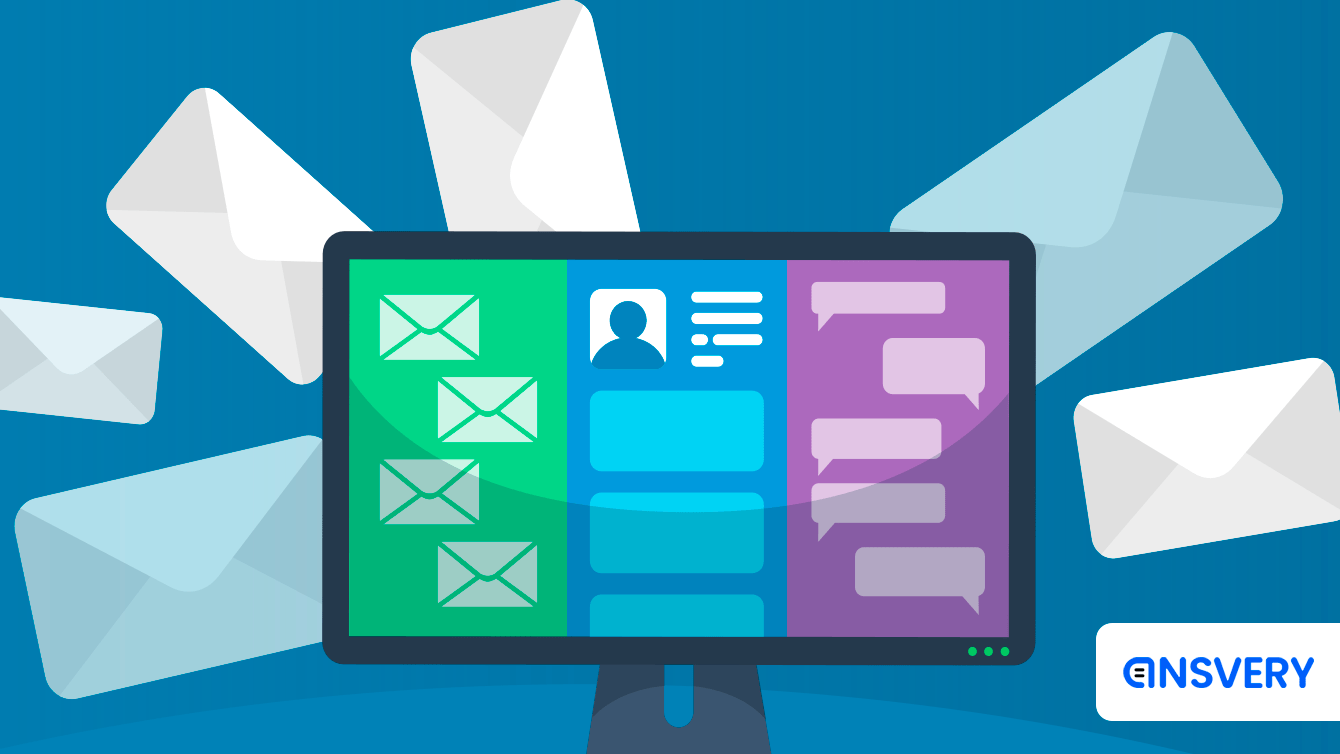How to Reduce Support Costs & Increase Its Effectiveness in One Go
Your support is as good as the information it has at its disposal.
Naturally, there are other qualities that make an ideal agent. However, they can do their job and help users only if they possess all the data they need.
It does not matter what type or size of project you have: working with data may still be a challenge.
The main pain points are organizing the information clearly and conveniently and making it easily accessible.
Traditional low-tech solutions offer limited options on that score. In turn, poor data structure and accessibility have a disruptive influence on all aspects of support work and put everyone at a disadvantage.
Agents:
-
experience enormous difficulties in finding the necessary information. The more the project grows, the trickier it becomes;
-
have trouble keeping in touch with developers and syncing their knowledge with that of the dev team;
-
get lost in poorly structured data whenever the project scales up;
-
spend a lot of time and unnecessary effort on managing and using data;
-
lose in the efficiency and quality of their responses;
-
receive more complaints and negative reviews from users;
-
face early burnout and may leave the company.
Users:
-
suffer from low quality of support responses;
-
endure a long response time;
-
spend excessive effort on solving their problems;
-
cannot use the product to the full extent.
Company:
-
exhausts user loyalty and, as a result, gets increased churn;
-
loses expertise when their best agents decide to walk;
-
finds it difficult to train new agents using poorly structured project data;
-
ends up with inefficient support and, finally, faces a choice: to uphold quality and hire more people or to stick with the current number of agents but sacrifice quality and user retention. Whatever stakeholders decide, they will still lose profit.
So what can be done?
We at Ansvery faced an issue of information overload back in 2012. At the time, we were working with a large game publisher, which meant that we supported a considerable number of projects. Each was packed full of features, items, and events and regularly received numerous updates. Each had several versions released on different platforms, with their own unique content.
Our agents needed more and more time to find and process the necessary data, which resulted in a longer response time. In two months we could undeniably identify a negative trend: efficiency dropped 20%. If this trend continued, we calculated we could suffer a quality decrease of up to 30%.
For us, sacrificing quality was out of the question. At the same time, we did not want to overblow the team. So we needed to streamline our support operations.
The solution lay in technology. Our objective was to create a tool that would allow us to boost the team's efficiency without increasing expenses. We needed an easy and accessible way of storing data. It could not have been a simple list of articles, though: to meet the challenges we faced, it had to be a functional processing tool that could make operating those fast-growing amounts of data effortless.
Bearing all that in mind, we devised a knowledge hub that encompassed all the data we required and could be integrated into almost any popular or in-house help desk.
Since then, we have constantly been improving and polishing our knowledge hub, adding new features and streamlining its internal algorithms. Now we can expertly tell what this kind of tool should be like to provide value.
Read more: How to Make a Successful Support Strategy: a Step-by-Step Guide
Contents
Our knowledge hub contains at least four data types.
-
Everything there is to know about the project: information about features, updates, events, items, and so on.
It helps agents quickly refresh their memory and demonstrate their knowledge of the project to the users. -
Requirements for the reply content and style set by our clients.
This way, agents are constantly reminded about the brand standards and guidelines. -
Descriptions of all common and rare issues and their solutions.
As a result, agents can give correct information to users quickly and explicitly. -
Ticket processing flows that describe all known standard and non-standard issues.
These allow agents to follow the right procedures and provide working solutions to the customers.
Features
As we have pointed out before, the data is not simply stored but can be actively used through the knowledge hub.
The tool functions as a help desk extension, but at the same time is completely independent of it. If necessary, support can switch to a different help desk solution with minimum effort since there is no need to transfer or restructure data.
All items in the hub are efficiently structured and easily available. They can be marked and grouped automatically or manually according to various characteristics. The search feature complements the neat structure perfectly, giving out relevant results in a split second.
If a solution to an issue includes sending instructions to a user, they can be inserted from the knowledge hub into the dialogue window with a click of a button.
The tool makes synchronization with the dev team quick and simple. Both sides can introduce changes to the data, create and receive automatic notifications about these changes, and follow the change history.
If an article in the knowledge hub concerns a temporary event or feature, agents or developers can set up timers that will inform them when the article content requires an update.
Read more: Why CSAT may not help to measure the quality of your support
Results
The knowledge hub allowed our agents to escape the confusion caused by the data overload. Their efforts decreased considerably, since they could find and apply the necessary information 4 times faster.
More than that, agents were able to take on larger ticket volumes, but work even more efficiently than before.
Since agents' efficiency increased, we were able to uphold high response quality. There was no need for us to expand the team to maintain the existing level of customer satisfaction. Customers enjoyed at least 20% shorter response time, and their issues were solved quickly and correctly.
Agents' state of mind and mood improved dramatically. First, they found the work much easier and made fewer mistakes. Second, they felt that the company cared about their needs and streamlined processes to their advantage. Agents were happier working with a friendly interface of the knowledge hub and could concentrate on solving user problems.
Bottom Line
A human mind has got its limit when it comes to information. Too much data obstructs it and limits its efficiency. And that is why we need technology - to empower us and allow us to do an exceptional job.
An expertly designed knowledge hub can improve and streamline bogged-down processes. It benefits customers, support agents, and the company itself since the tool makes it possible to reduce effort and increase quality while saving resources.
We have tested our solution extensively and know that it brings value. If you free your agents' minds by giving them a source of information they use with ease and confidence, the results will definitely surprise you.




